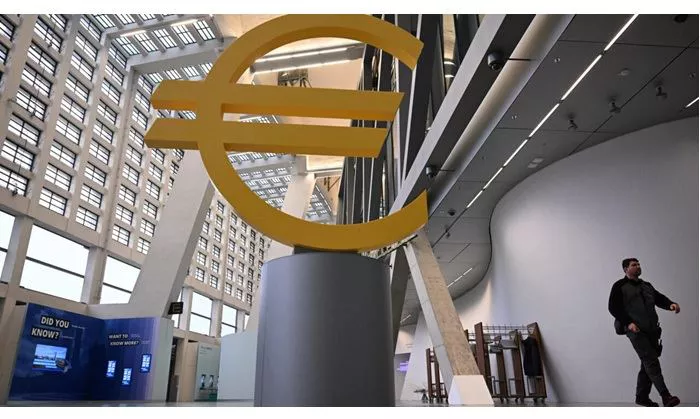Central Bank Moves to Stabilize Markets While Preserving Future Options
The European Central Bank (ECB) last week implemented a 25-basis-point reduction across its three key interest rates, marking a strategic shift toward supporting economic growth while maintaining policy flexibility. The decision comes as the eurozone grapples with persistent economic weakness despite recent inflation improvements.
Policy Details and Economic Context
On June 5, the ECB lowered its deposit facility rate to 2.00%, main refinancing rate to 2.15%, and marginal lending facility to 2.40%. This move follows eight consecutive months of declining inflation, with May’s figure reaching 1.9% – slightly below the bank’s 2% target.
The rate cut occurs against a backdrop of subdued economic activity, with 2025 growth projections revised downward to 0.9%. Germany, the eurozone’s largest economy, faces potential stagnation for a third consecutive year. Analysts attribute the weakness to both domestic demand shortfalls and deteriorating trade conditions, exacerbated by recent U.S. tariff increases on steel and aluminum imports from 25% to 50%.
Short-Term Stimulus vs Long-Term Challenges
The immediate effect of lower borrowing costs is expected to complement national fiscal measures like Germany’s proposed €46 billion corporate tax relief package. However, the ECB emphasized its data-dependent approach, with President Christine Lagarde stating the bank “will not pre-commit to a particular rate path.”
Market reactions have been mixed: European equities have rallied, with Germany’s DAX up 22% year-to-date, while underlying economic vulnerabilities persist. The policy divergence with the U.S. Federal Reserve (maintaining a >2% rate differential) has increased currency volatility, potentially undermining the stimulus impact through capital outflow risks.
Three Critical Watch Factors
Economic observers identify three key variables that will shape the eurozone’s trajectory:
- Trade tensions: Escalating U.S.-EU disputes could force additional ECB easing
- Inflation dynamics: Potential energy price rebounds or wage growth may require policy reversal
- Structural reforms: Progress on capital market integration and digital currency initiatives remains slow
Policy Dilemmas Ahead
The rate cut represents a defensive maneuver that addresses current pressures while preserving options. Yet economists warn that monetary policy alone cannot resolve the eurozone’s growth constraints. Without coordinated fiscal support and structural reforms, the region risks entering a prolonged cycle of low growth, subdued inflation, and rising debt burdens.
As global economic uncertainties persist, the ECB’s measured approach reflects the delicate balancing act required to navigate the eurozone’s complex challenges. The effectiveness of this strategy will become clearer in coming quarters as external conditions evolve and domestic policy responses take shape.
Related topics:

